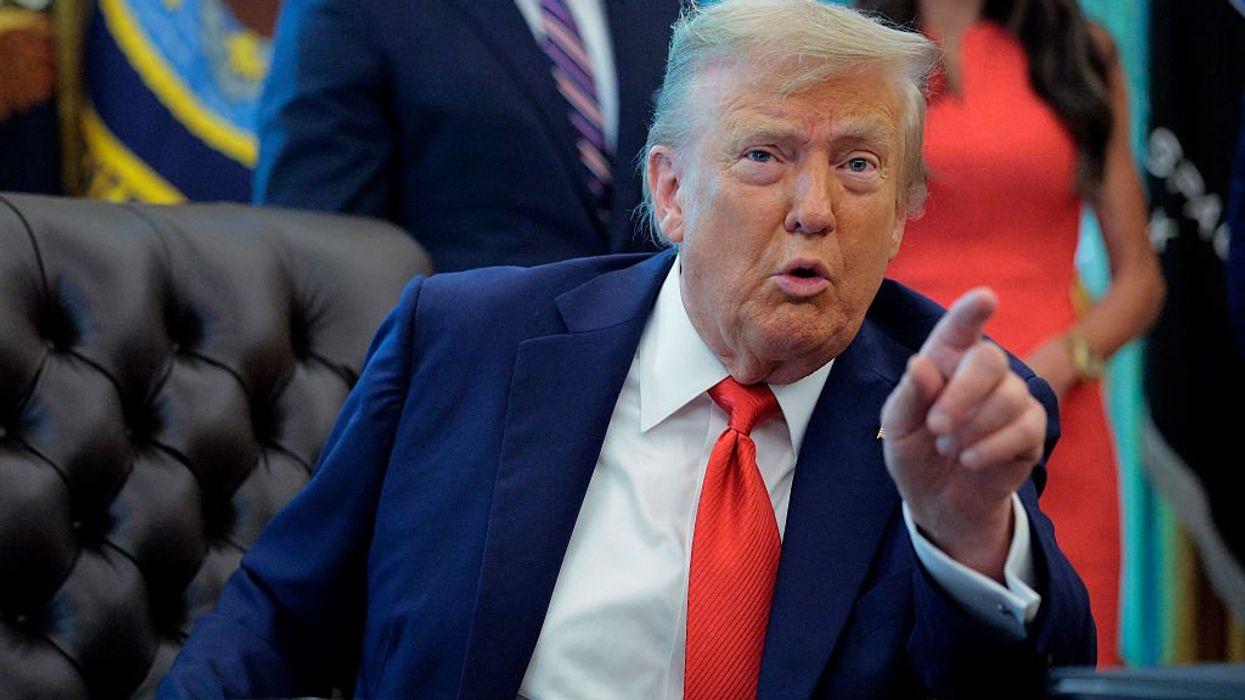The history of taxation in American has a long and infamous history. Since the imposition of the very first tax --- The Navigation Tax of 1651 --- taxes have been wildly unpopular in America. When the Constitution was written and ratified, the only taxes allowed were to pay the debt and provide for the common defense and general welfare. At times, taxation was implemented during wars to fund the government and the war effort, with no intention of becoming permanent. However, since 1913, the United States of America has adhered to a communist plank second only to the abolition of all private property: a progressive or graduated income tax.
What purpose does an income tax serve? In our four-part series on taxes, we'll explore its history in America and how a tax once promised to never climb above seven percent has, at times, ballooned to 77 percent at the hands of an out-of-control government.
Part II: What Is a 'Fair' Income Tax Rate?
Americans hear the refrain "fair share" virtually every day from left-wing sources like socialist Bernie Sanders and progressive Hillary Clinton who believe businesses and the rich must pay their fair share of taxes.
So what is the fair share for the wealthy? It's nearly impossible to pin the left down on an actual number. According to them, it's simply more --- more than the 42.6 percent in federal taxes currently being paid by those in upper income brackets. It's apparently entirely fair to the left that 50 percent of Americans right now pay zero federal income tax, and some even enjoy what's called a negative tax rate.
FDR told Americans paying higher taxes was a privilege. He also believed, at a times of great national danger, no American citizen ought to have a net income of more than $25,000 a year after paying taxes. It seems reasonable to assume that Karl Marx would have agreed. The outrageously high taxes throughout the '30s and the '40s certainly didn't help America pull out of the worst depression in American history.
As it stands now in the United States, the top one percent of wage earners, those who are continually disparaged by the left in America, bring home nearly 18 percent of the nation's income. But they pay 35 percent of all federal income taxes. That would seem, to some, almost double their fair share.
So what happens when the tax rate is raised significantly? Study after study has shown that when taxes are lowered, it stimulates the economy and brings in more revenue. For example, during the Roaring Twenties, tax rates were slashed dramatically, dropping from over 70 percent to less than 25 percent. Personal income tax revenues increased from $719 million in 1921 to $1,164,000,000 in 1928, an increase of more than 61 percent. Increasing taxes also hurts the tax base, as oftentimes people and businesses flee higher tax states for lower tax states.
In 2012, French socialist candidate for president, Francois Hollande, proposed a massive 75 percent income tax on the wealthiest citizens. It didn't go over well with some of France's most well-known millionaires. French actor Gerard Depardieu was personally handed a new Russian passport by the President Vladimir Putin after Depardieu was granted Russian citizenship. The tax revenue from the super tax was down significantly from the first year to the next, while the deficit skyrocketed another $97 billion. In January of 2015, the French government quietly killed the tax.
Unfortunately, historic lessons once learned have been unlearned. Instead, the mindset is now this very much in step with the socialist and communist planks of punishing the wealthiest producers with the highest taxes --- completely antithetical to the Founders' position on taxation.
Listen to the Full Series on Taxes

 Kean Collection / Staff | Getty Images
Kean Collection / Staff | Getty Images
 Bloomberg / Contributor | Getty Images
Bloomberg / Contributor | Getty Images Chip Somodevilla / Staff | Getty Images
Chip Somodevilla / Staff | Getty Images ROBYN BECK / Contributor | Getty Images
ROBYN BECK / Contributor | Getty Images